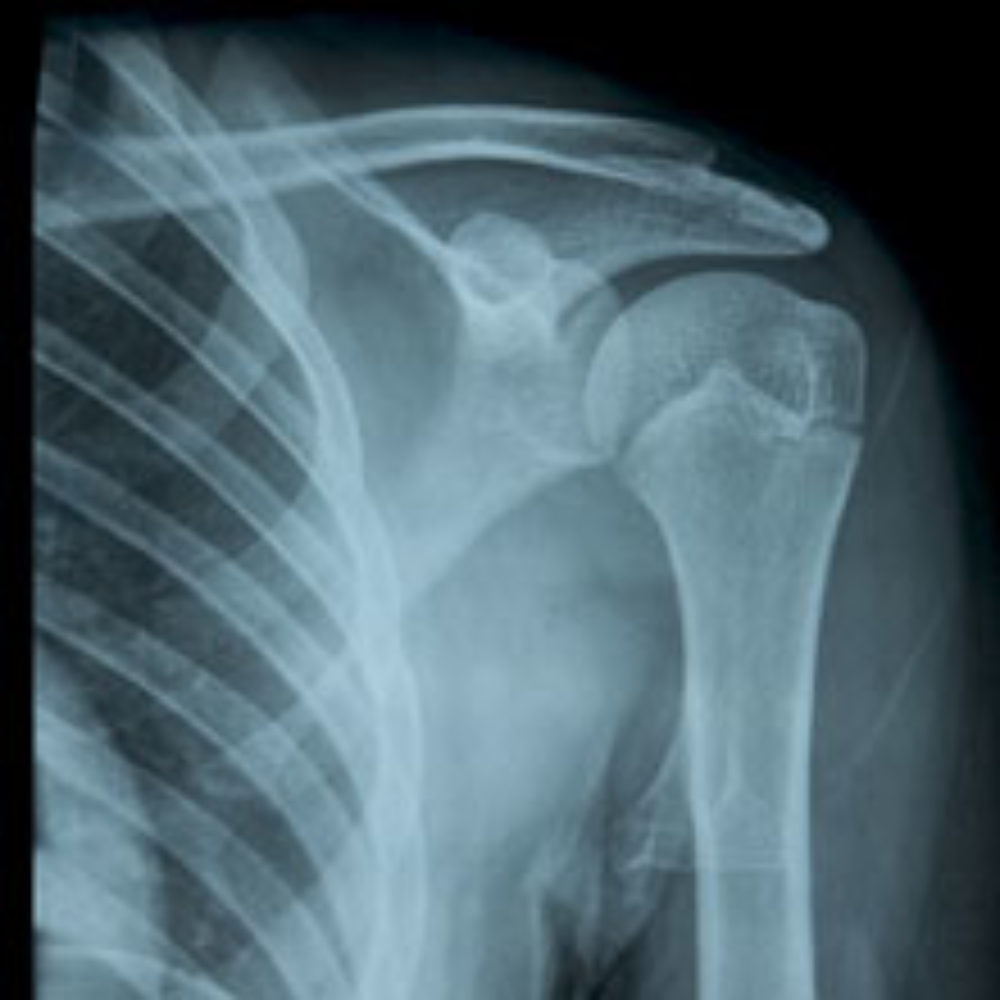Shoulder Pain Pump Settlements Reported in Five Ohio Cases

I-Flow Corp. has agreed to settle five lawsuits over shoulder chondrolysis from their pain pumps after a federal judge in Ohio rejected efforts to have the cases dismissed.
The shoulder pain pump lawsuit settlements were reached between I-Flow and plaintiffs on March 16, the same day that U.S. Judge S. Arthur Spiegel denied a motion for summary judgment in the cases, which had been consolidated for a trial scheduled to begin March 23. In the cases, all of the plaintiffs alleged that the use of small pumps manufactured by I-Flow to infuse pain medication following arthroscopic surgery destroyed their shoulder cartilage, causing a condition known as chondrolysis of the shoulder.
I-Flow Corp. had tried to get the plaintiffs’ general causation experts excluded and tried to prevent evidence from being included in the trial that would have been used to form the basis of punitive damages claims. The evidence allegedly included information that the company’s chief executive officer was advised to issue a warning that the pumps should not be used for shoulder surgery before the plaintiffs were injured by the devices.

Did You Know?
Millions of Philips CPAP Machines Recalled
Philips DreamStation, CPAP and BiPAP machines sold in recent years may pose a risk of cancer, lung damage and other injuries.
Learn MoreThe details of the settlements have not been released.
According to federal court documents issued in February, there are currently at least 150 shoulder pump lawsuits filed pending against I-Flow and other manufacturers of similar devices that have been linked to the shoulder problems. All of the suits involve allegations that the device makers failed to warn about the risk of shoulder chondrolysis and promoted use of the pain pumps as an alternative to oral medication, even though the FDA never approved the pumps for this purpose.
In November 2009, the FDA required manufacturers of the pumps and the local anesthetics used with the devices to add new warnings about the risk of chondrolysis from should pain pumps. The recent warnings were designed to alert healthcare professionals that the use of pain pumps following shoulder surgery to infuse medication directly into the joint increases the risk of chondrolysis, particularly involving the shoulder.
Last month, the U.S. Judicial Panel on Multidistrict Litigation heard oral arguments about whether all federal shoulder pain pump lawsuits should be consolidated into an MDL, or multidistrict litigation, where all of the cases would be centralized for pretrial proceedings before one judge. The Panel previously rejected a similar request in August 2008, indicating that the number of different manufacturers of pain pumps and different medications used int he devices made coordination for pretrial litigation inappropriate.
Currently all of the cases involved in the shoulder pump litigation are proceeding as individual cases, but some courts have consolidated small groups of cases, as was done in the Ohio cases.
Earlier this year, an Oregon jury awarded $4.75 million against I-Flow in one of the first shoulder pain pump trials to reach a jury. However, several other cases are scheduled for trial throughout 2010 if additional settlements are not reached.
Get more articles like this sent directly to your inbox.
"*" indicates required fields
1 Comments




garySeptember 24, 2010 at 10:30 pm
myself and others need to be compensated for the drastic life chage we have to endure due to the neglagence of pain pump mfg.s that seen this comeing after complaints but yet did nothing to put a stop to it,instead they put profit befor people and that is both ethically and morally wrong and neglagent.....PAY UP